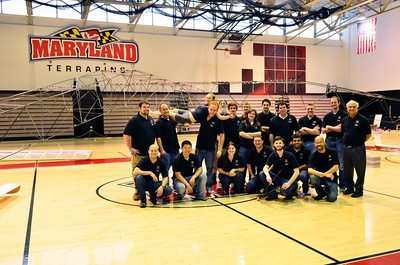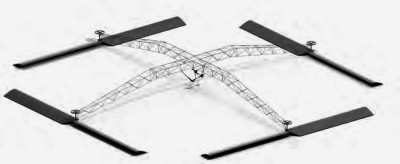Sat, May 14, 2011
Advertisement
More News
 Aero-News: Quote of the Day (11.26.25)
Aero-News: Quote of the Day (11.26.25)
“We are disappointed with today’s verdict and respectfully disagree with the outcome. From the outset, we have maintained that Gogo’s independently developed 5G t>[...]
 ANN's Daily Aero-Term (11.26.25): Takeoff Hold Lights (THL)
ANN's Daily Aero-Term (11.26.25): Takeoff Hold Lights (THL)
Takeoff Hold Lights (THL) The THL system is composed of in-pavement lighting in a double, longitudinal row of lights aligned either side of the runway centerline. The lights are fo>[...]
 ANN's Daily Aero-Linx (11.26.25)
ANN's Daily Aero-Linx (11.26.25)
Aero Linx: The 1-26 Association (Schweizer) The Association’s goal is to foster the helpfulness, the camaraderie, and the opportunity for head-to-head competition that is fou>[...]
 Airborne Affordable Flyers 11.20.25: Sonex $$$, SnF 26 MOSAIC DAY, P. Ponk STCs
Airborne Affordable Flyers 11.20.25: Sonex $$$, SnF 26 MOSAIC DAY, P. Ponk STCs
Also: Elfin 20 Journey, BASE Jumper Rescue, Pipistrel Makes Waves, EAA Hall of Fame, Affordable Flying Expo 2026 Like most of the industry, kit manufacturer Sonex has been hit by t>[...]
 ANN's Daily Aero-Linx (11.27.25)
ANN's Daily Aero-Linx (11.27.25)
Aero Linx: The de Havilland Moth Club Ltd The de Havilland Moth Club evolved from a belief that an association of owners and operators of Moth aeroplanes should be formed to create>[...]
blog comments powered by Disqus






